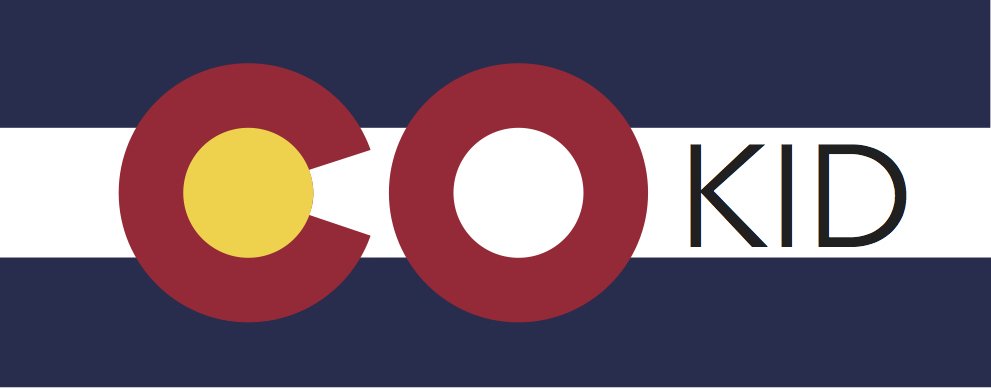Dyslexia Facts
Dyslexia Facts:
Dyslexia occurs in 12 – 20% of the population.
Dyslexia is genetic – with an estimated 50% rate of heritability in families.
Dyslexia is a neurobiological difference in the brain structure – children walk into kindergarten with dyslexia.
Dyslexia often co-exists with other conditions such as ADHD, dysgraphia, dyscalculia, dyspraxia, anxiety, and depression.
Indicators include poor reading skills (decoding and fluency), writing, and spelling
Underlying deficits include:
Phonemic Awareness – Ability to hear and manipulate individual phonemes.
Phonological Memory – Ability to hold onto speech-based information in short term memory
Rapid Automatized Naming (RAN) – Ability to retrieve words & symbols/letters quickly from long term memory
National Institute of Health results on Dyslexia, Released in 1994
Dyslexia represents the most common and prevalent of all known learning disabilities.
Dyslexia is the leading cause of reading failure and school dropouts in our nation.
Reading failure is the most commonly shared characteristic of juvenile justice offenders.
Early intervention is essential for this population.
Dyslexia is identifiable, with 92% accuracy, at ages 5 1/2 to 6 1/2.
FAQs
What is dyslexia?
From the Rocky Mountain Branch of the International Dyslexia Association (IDA):
Dyslexia is not a disease; it has no cure. Dyslexia is a learning disability that affects one’s ability to easily process written and/or verbal language. It is the most common cause of reading, writing and spelling difficulties. Furthermore, it affects males and females nearly equally, as well as people from different ethnic and socioeconomic backgrounds. Dyslexia results from differences in the structure and function of the brain. This neurological difference causes individuals with dyslexia to learn differently. The problem is not behavioral, psychological, motivational, or social. It is not a problem of vision; people with dyslexia do not “see backward.”
The following definition of dyslexia was adopted by the IDA board of Directors, November 12th, 2002. This definition is also used by the National Institute of Child Health and Human Development (NICHD):
Dyslexia is a specific learning disability that is neurological in origin. It is characterized by difficulties with accurate and/or fluent word recognition and by poor spelling and decoding abilities. These difficulties typically result from a deficit in the phonological component of language that is often unexpected in relation to other cognitive abilities and the provision of effective classroom instruction. Secondary consequences may include problems in reading comprehension and reduced reading experience that can impede growth of vocabulary and background knowledge.
What are some common characteristics* of dyslexia?
Delayed spoken language
Errors in letter naming
Difficulty in learning and remembering printed words
Repeated spelling errors
Difficulty with handwriting
Difficulty in finding the “right” word when speaking
Slow rate of writing
Deficient written and oral language skills
Uncertainty as to right- or left-handedness
Difficulties in mathematical calculations
Difficulties with language in math problems
Similar problems among relatives
Difficulty with organization
Lack of awareness of sounds in words, sound order, rhymes, or sequence of syllables
Difficulty decoding words – single word identification
Difficulty encoding words – spelling
Poor sequencing of numbers, of letters in words, when read or written, e.g.: b-d; sing-sign; left-felt; soiled-solid; 12-21
Problems with reading comprehension
Difficulty expressing thoughts in written form
Imprecise or incomplete interpretation of language that is heard
Difficulty in expressing thoughts orally
Confusion about directions in space or time (right & left, up & down, early & late, yesterday & tomorrow, months & days)
*Note that few people with dyslexia exhibit every characteristic listed here.
Where can I learn more about dyslexia?
What is the Science of Reading and how does it help dyslexic students?
The term “science of reading” refers to the research that cognitive scientists have conducted on how we learn to read. During the past 20 years, the body of evidence amassed by this research has helped debunk other methods of reading instruction that were not based on evidence and left many children poor or unsuccessful readers.
You might hear the term “structured literacy” which explicitly teaches systematic word-identification/decoding strategies, according to the science of reading. This approach not only helps students with dyslexia, but there is substantial evidence that it is effective for all readers.
The term “balanced literacy,” while it sounds nice, encourages children to guess about what they are reading using cues from the pictures and the text, and is not an effective means of teaching dyslexic students how to read. Dyslexic students need explicit and systematic instruction to learn to decode words in order to read.


